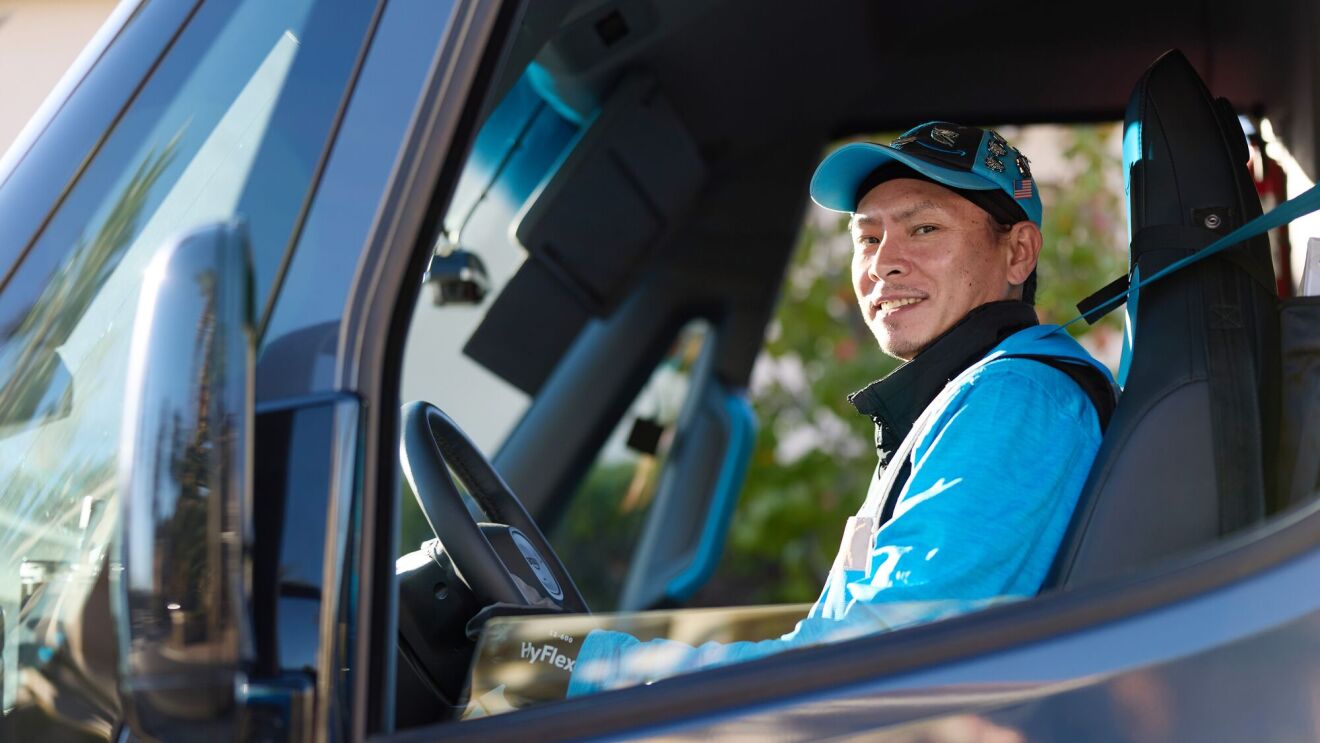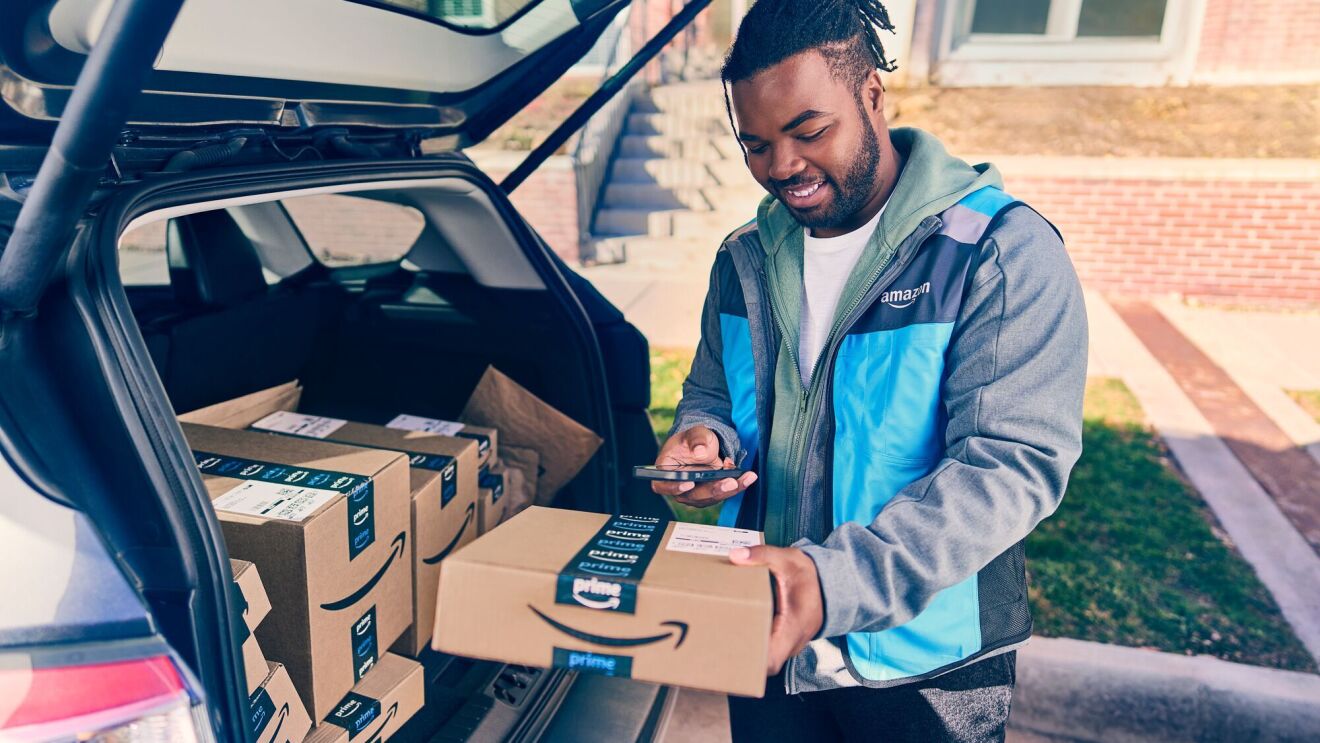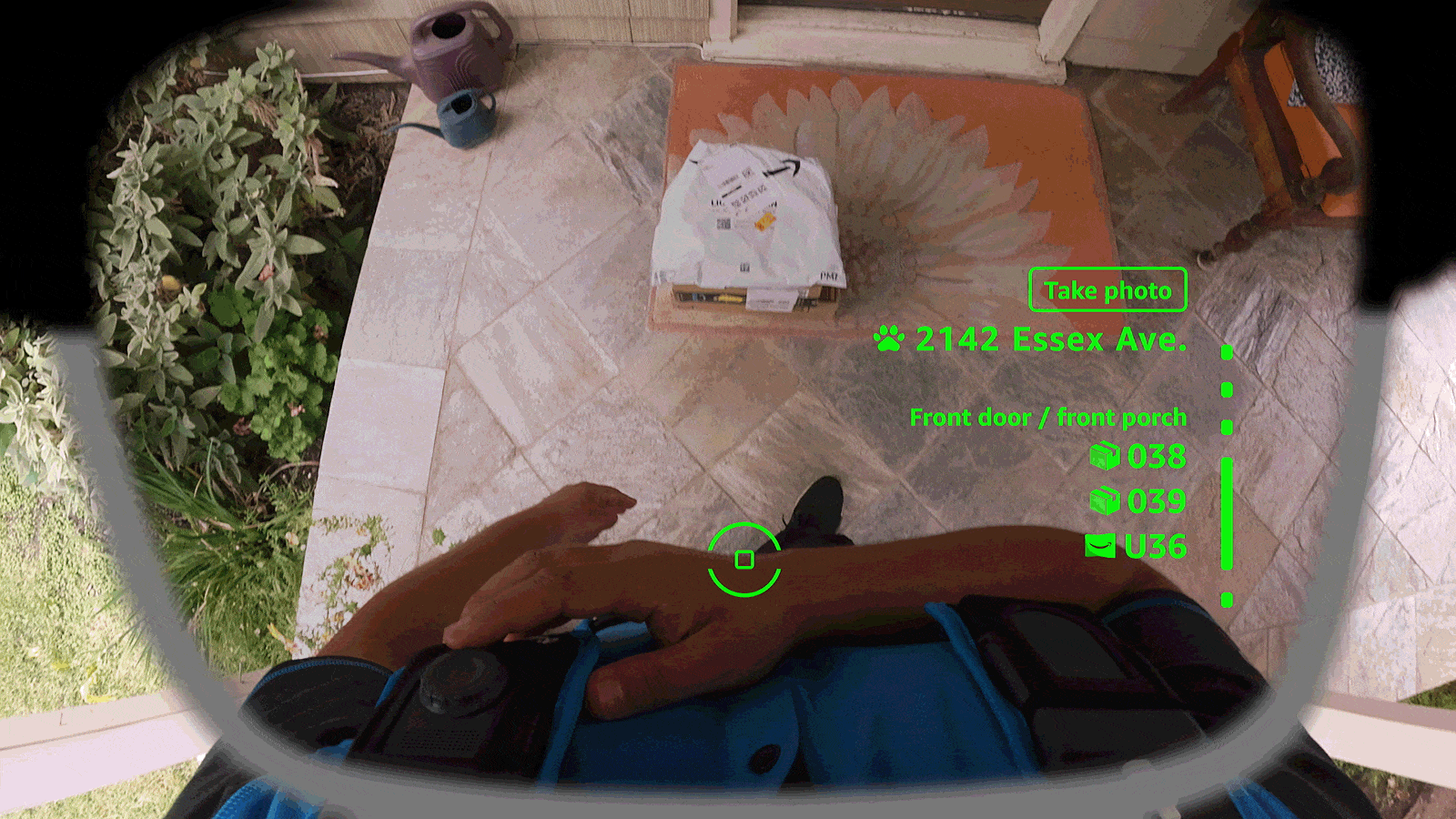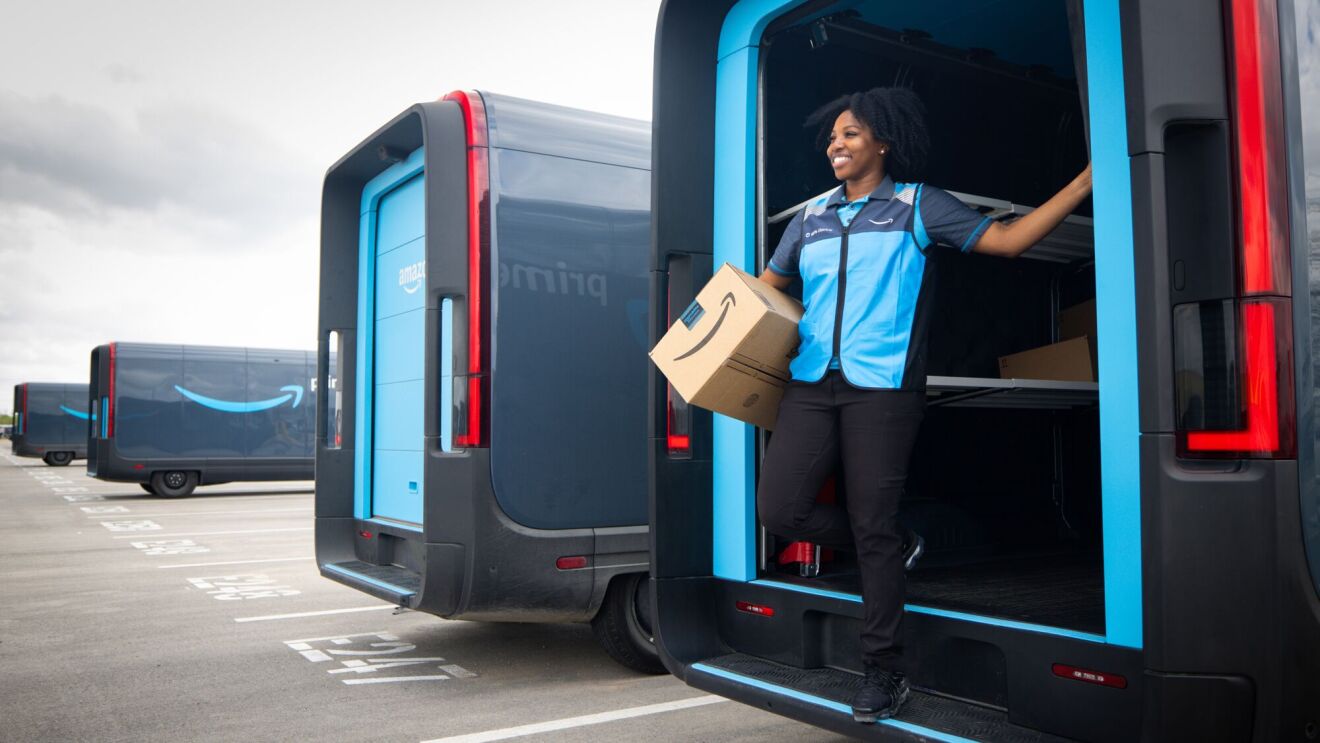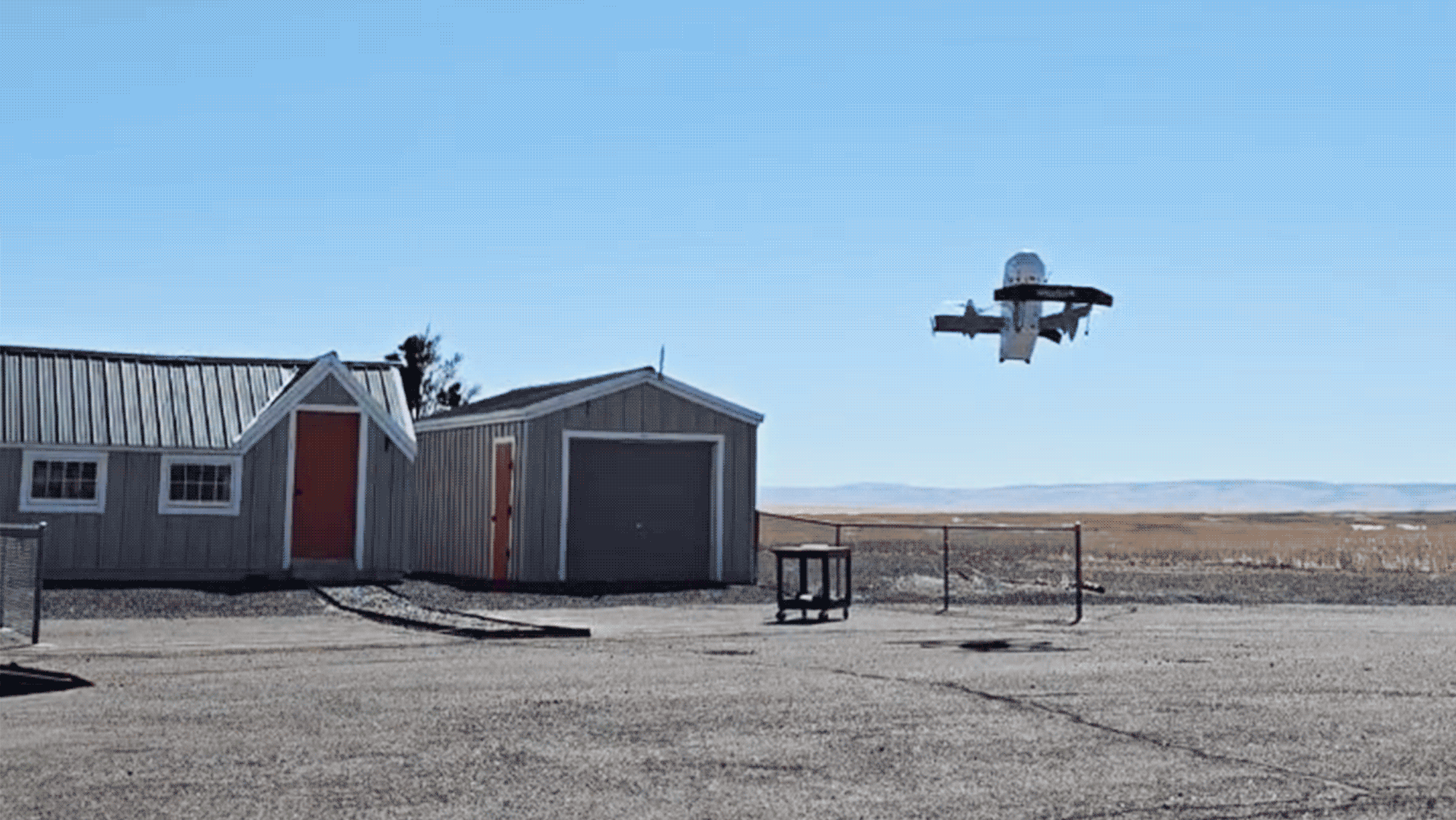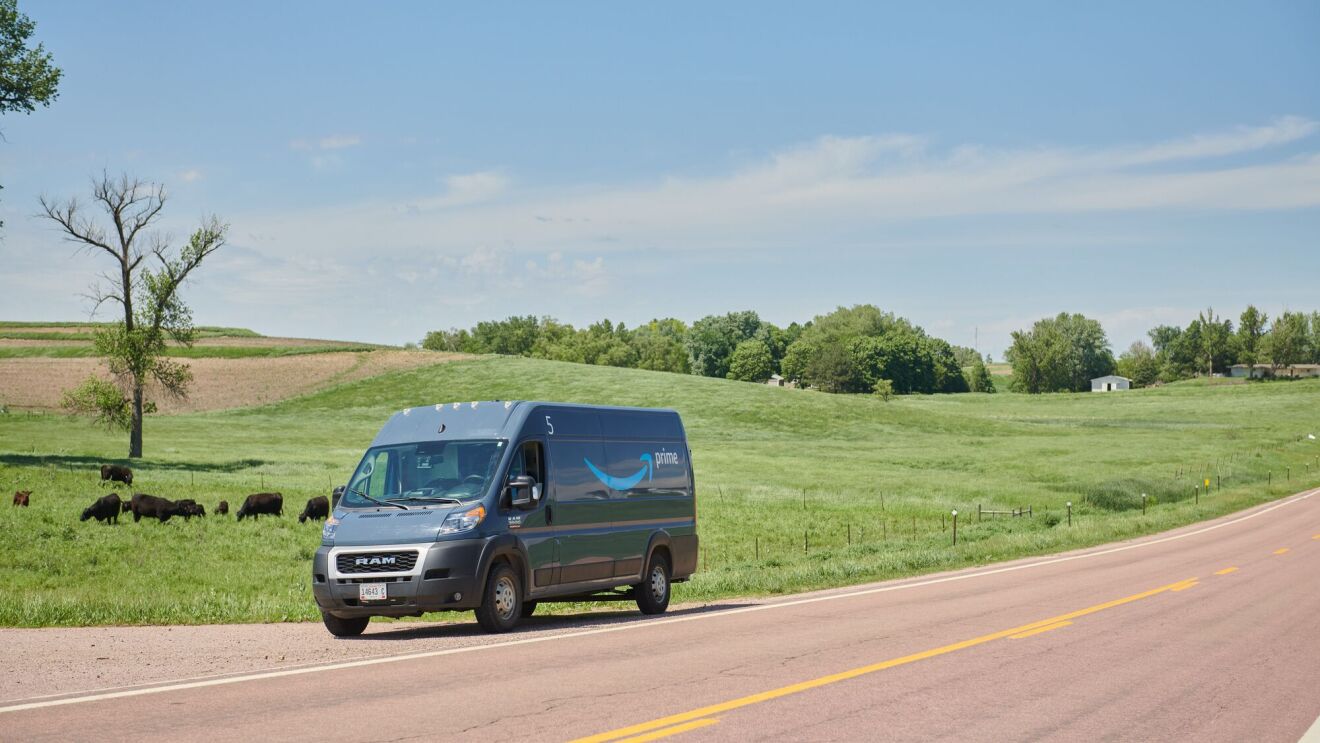We never stop innovating for our customers. Our team has been hard at work figuring out how we get items to customers quickly, cost-effectively, and—most importantly—safely in less than an hour.
The promise of drone delivery has often felt like science fiction, and we’ve been working for almost a decade to make it a reality. We’ve built fully electric drones that can deliver packages under 5 pounds to customers in less than an hour, from click to delivery. Earlier this year, we announced that customers who live in Lockeford, California, and College Station, Texas, will be among the first to receive Prime Air deliveries later this year.
Continuous innovation for customers
Just as we do with all our innovations—including Prime, Kindle, Alexa, Amazon Web Services (AWS), Prime Video, and so much more—we built something great with Prime Air drone delivery and then kept iterating on it.
We’re now introducing our next generation delivery drone: the MK30. Due to come into service in 2024, this drone will be lighter and smaller than the MK27-2, the drone that will be making deliveries in Lockeford and College Station. The MK30’s increased range, expanded temperature tolerance, safety-critical features, and new capability to fly in light rain will enable customers to choose drone delivery more often.
 A 3D rendering of a MK30 drone. Download the high res gif.
A 3D rendering of a MK30 drone. Download the high res gif.Reducing the noise signature of our drones is an important engineering challenge that our team is working on. Our drones fly hundreds of feet in the air, well above people and structures. Even when they descend to deliver packages, our drones are generally quieter than a range of sounds you would commonly hear in a typical neighborhood. Still, Prime Air’s Flight Science team has created new custom-designed propellers that will reduce the MK30’s perceived noise by another 25%. That’s a game-changer, and we’re very excited about it.
We know our customers will only feel comfortable receiving drone deliveries if they know the system is safe and reliable. Our drones can encounter new, unexpected situations and still make safe decisions—autonomously and safely. We’ve created a sophisticated and industry-leading sense-and-avoid system that will allow our drones to operate at greater distances while safely and reliably avoiding other aircraft, people, pets, and obstacles.
01 / 02
While it’s impossible to eliminate all risks from flying, we have taken a proven aerospace approach to design safety into our system. As always, our newest drone will go through rigorous evaluation by national aerospace authorities like the Federal Aviation Administration to prove its safety and reliability.
Building the next generation of delivery
When we first started Amazon Prime’s Two-Day Delivery program 17 years ago, it was considered revolutionary. Getting packages to people where they wanted them—in a matter of days—was exciting and new.
Since then, we’ve developed new technologies and made investments in our logistics network that have helped us get packages to customers in two days, one day, and even on the same day. To sustainably deliver a vast selection of items in under an hour, and eventually within 30 minutes, at scale, drones are the most effective path to success.
We are excited about the next chapter in the Prime Air program and expanding this service to more customers in the months and years to come.
Trending news and stories






